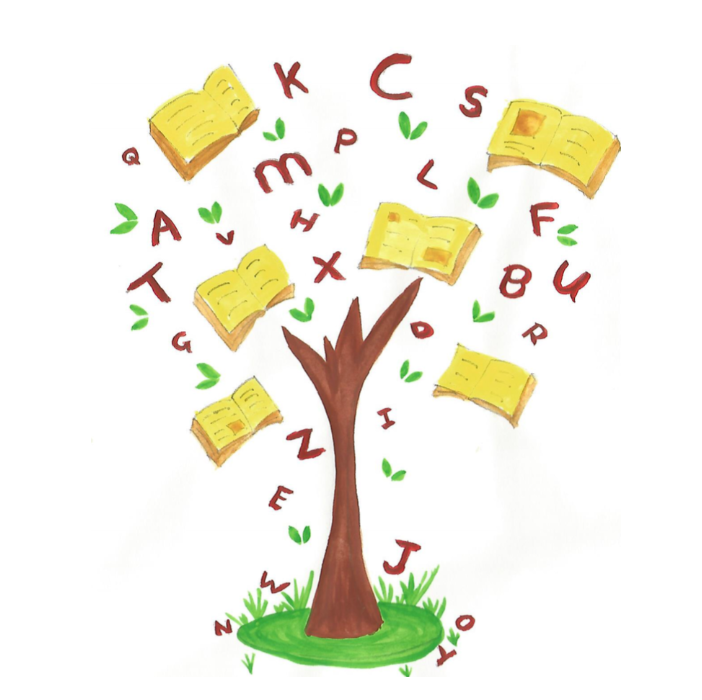How to get your child talking
Start or develop your little one’s communication skills through teaching them to ask for the things they want and need…
“How can I help my toddler talk?” This has to be one of my most asked questions!
Along with “what is ‘normal’ speech development?” and “when should my child be talking?”.
Luckily I have some top tips for you to help boost your little one’s speech & language skills.
I am going to focus in this post on how you can support your little learner to ask for the things they want. If you are looking for more general advice, check out this blog post where I talk about what you can do while waiting for speech & language support.
Why work on requesting?
Requesting (asking for things) is the earliest developing form of communication. Whether little ones are asking for food, a nappy change, our attention or a preferred toy this is where it all starts!
It gives instant results! We can show little ones that we are listening and understanding them with our behaviour very easily.
It reduces frustration. Imagine really wanting something but not being able to communicate that need - horrible!
How to work on asking?
💰Give a small amount of the item 'for free'.
🗣️ Model the sign/ word they need.
⏸️ Pause, quietly.
💰Give a small amount 'for free'.
This means exactly what it says! Give your little one a bit of whatever it is they want with zero expectation for them to ‘do’ anything for it. So you might give them few mini-cheddars, blow a few bubbles, give them 1/4 of the puzzle pieces they need.
By offering something for ‘free’ you are establishing motivation for the item (making sure they really want it), and setting yourself up as a helper as opposed to someone just getting in their way (by demanding they ask straight away).
🗣️ Model the sign/ word they need.
After you have given your toddler a little bit of the toy/ food they love, show them how to ask for this item. Do this by modelling the sign or saying the name of the item (e.g. “cheddars”, “bubbles”, “puzzle”).
⏸️ Pause, quietly.
Pause expectantly, and quietly wait to allow your little one time to process what has occurred. Look between your little one and the rest of the item (e.g. look at your child and then at the mini cheddars packet and back again). Often this pause alone is enough for children to have a go at saying the word to ask for more of the item.
🧡 As soon as your little one says the name of the item/ copies your sign show them you have understood and give them the rest of the toy/ food!
Ok great but what if they don’t say the word?! What do I do then?
This is really common! When talking is tricky for little ones, the pause is not enough - we need to give them a little more support. So here’s what to do…
During the pause count to 3 (slowly in your head), if nothing happens, say the word again and give your little one the rest of the toy/ food as if they said it. We don’t want to create additional frustration here so accept that on this go they weren’t quite sure what we were asking.
Choose 2-3 key toys/ foods to focus on and only work on this strategy with them. The ones you pick need to be HIGHLY motivating, and you need to be able to offer bit-by-bit, by breaking into smaller parts, or by giving a turn and then pausing.
The next time there is an opportunity with one of the key toys/ foods follow the steps above but…
Say the word and sign at the same time, and use hand-over-hand or hand-under-hand prompting to support your little one to sign along with you. As soon as they do, give them the rest of the toy/ food.
Enjoy! Let me know how you get on by dropping me a DM on instagram where I am @sw_speechtherapy


